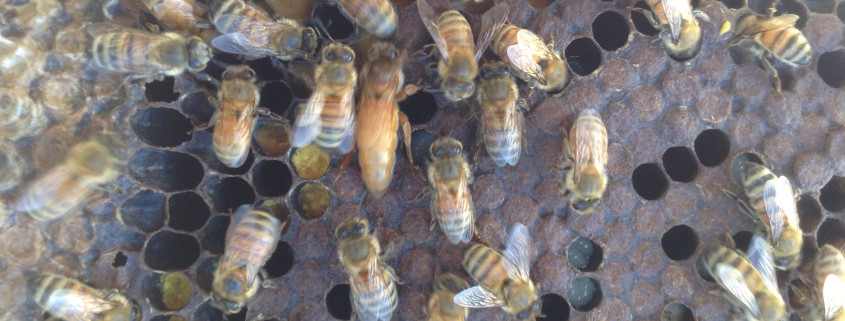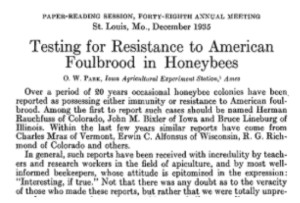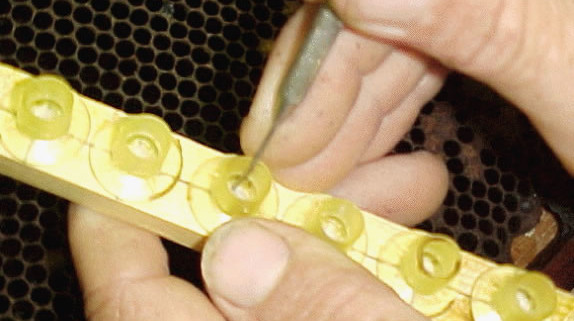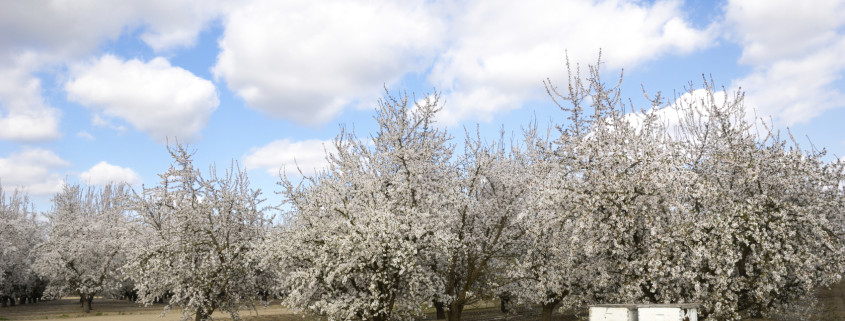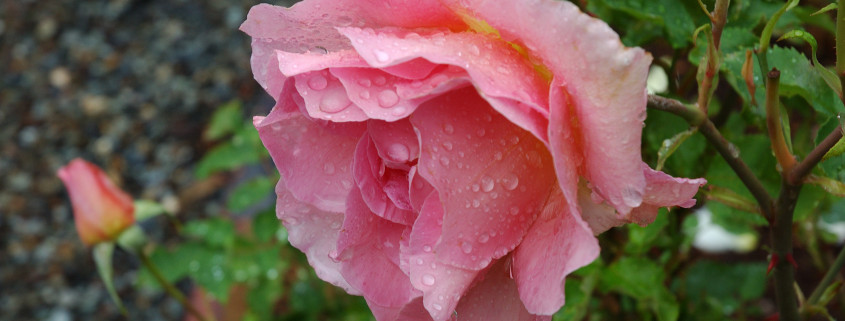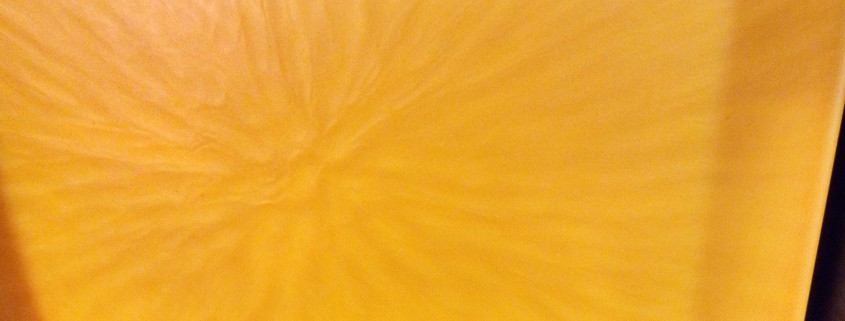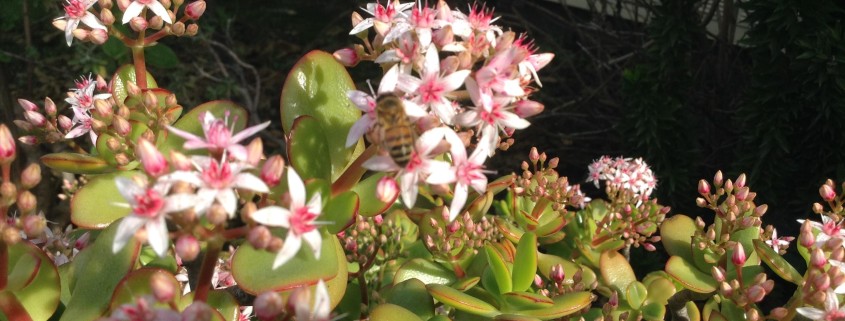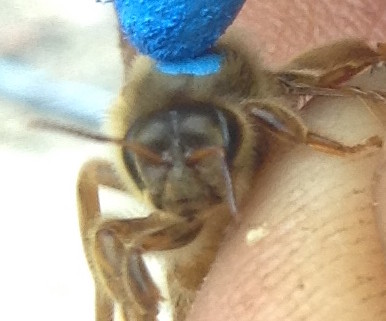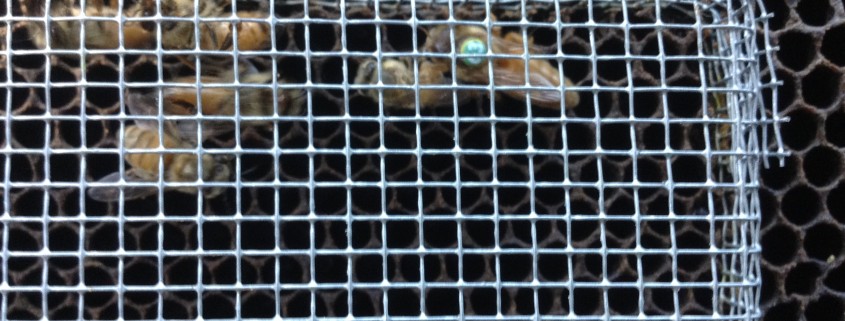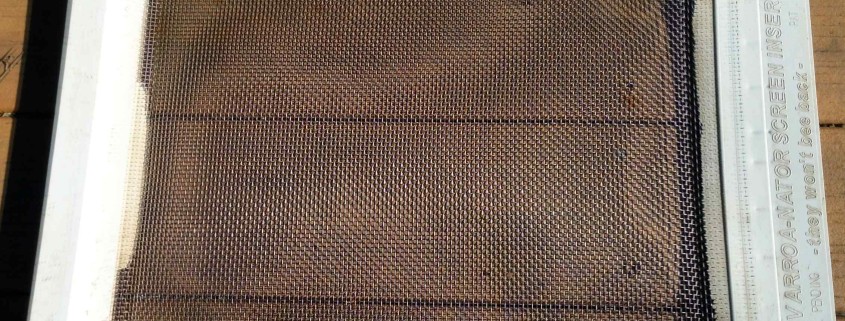The First Mated Queen Bee Of The Season
Behold, the first mated queen bee of the season!
Around the middle of March, Wildflower Meadows begins harvesting its first mated queen bees of the season. These early-season queens hatched and took flight in February to mate with the some of the first drones of the season. A lucky customer will surely be excited to receive this beauty.
Let’s keep in mind, however, that in agriculture, being the first does not always equate to being the best. For example, the first peach of the year is typically not quite as sweet and juicy as mid-season peaches. For that matter, the last peach on the tree is generally not that good either. The best peaches are usually those that are harvested right in the heart of the season, when there are a million other peaches to choose from. Similarly, the best queen honeybees are usually mated at the peak of the season, when the queen raising conditions, the weather conditions, the drone saturation, and the mating are all optimal, and everything is coming up “peachy”.
That said, this early season queen has some unique characteristics that set her apart from the others. First, she’s the first! You can’t deny that. There aren’t that many of her kind right now, and everybody wants her.
Secondly – and much more importantly – she’s holding onto some unique genetics. The drones that mated with her are by definition the earliest drones of the season. They come from colonies that are the first to buildup, and are showing unusual strength in the early spring season. These drones also originate from winter survivor stock, unlike some of the season’s later drones, which will originate from same season stock. In other words, the colonies that produced these drones are real go-getters!
It is most likely that the offspring of this queen, because she now carries the genetics of these early season drones, will exhibit the prized quality of early season vigor and rapid buildup at the start of seasons to come.

